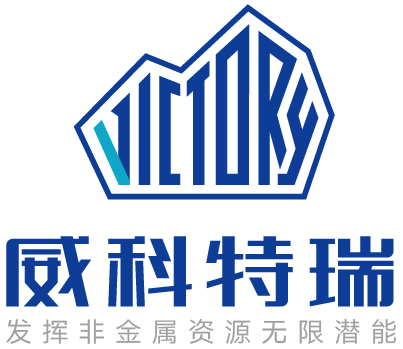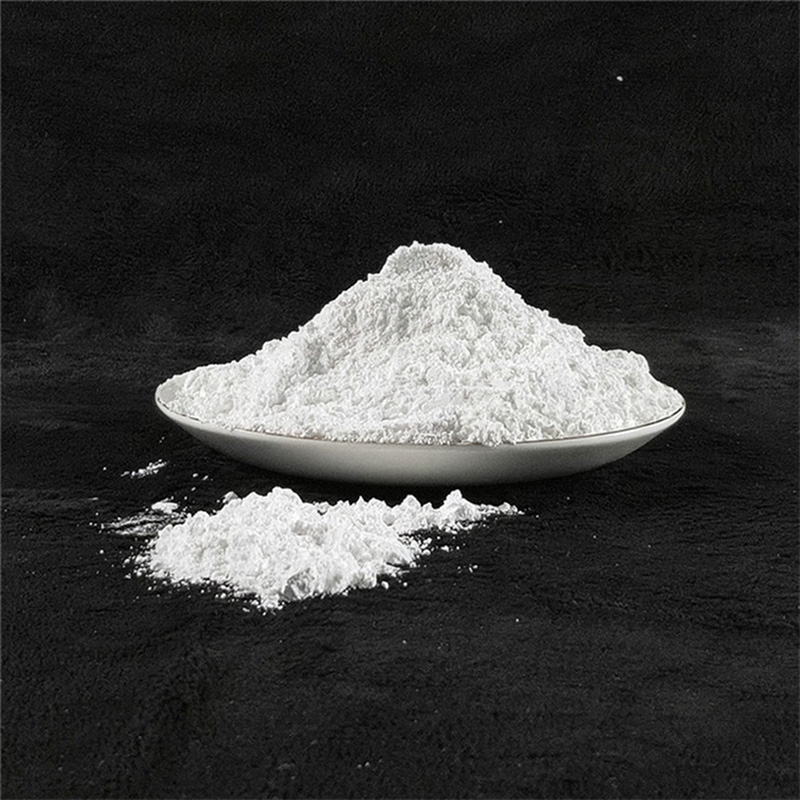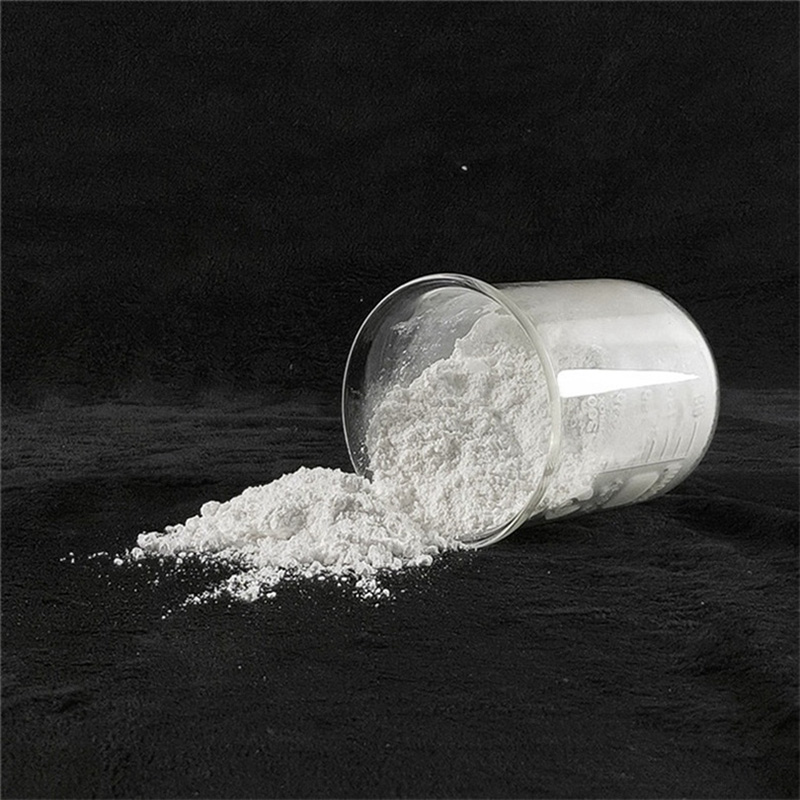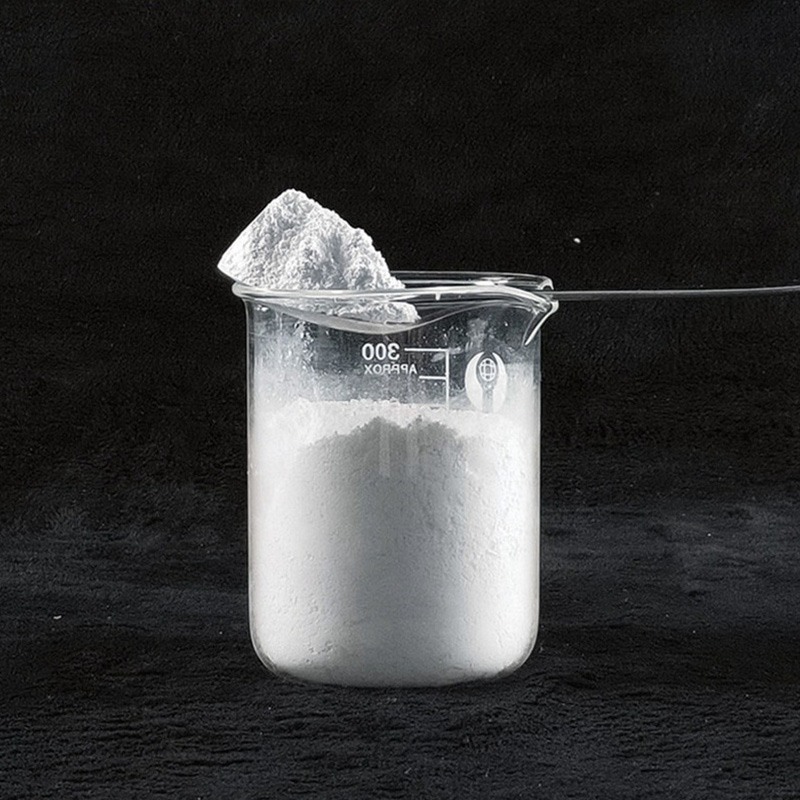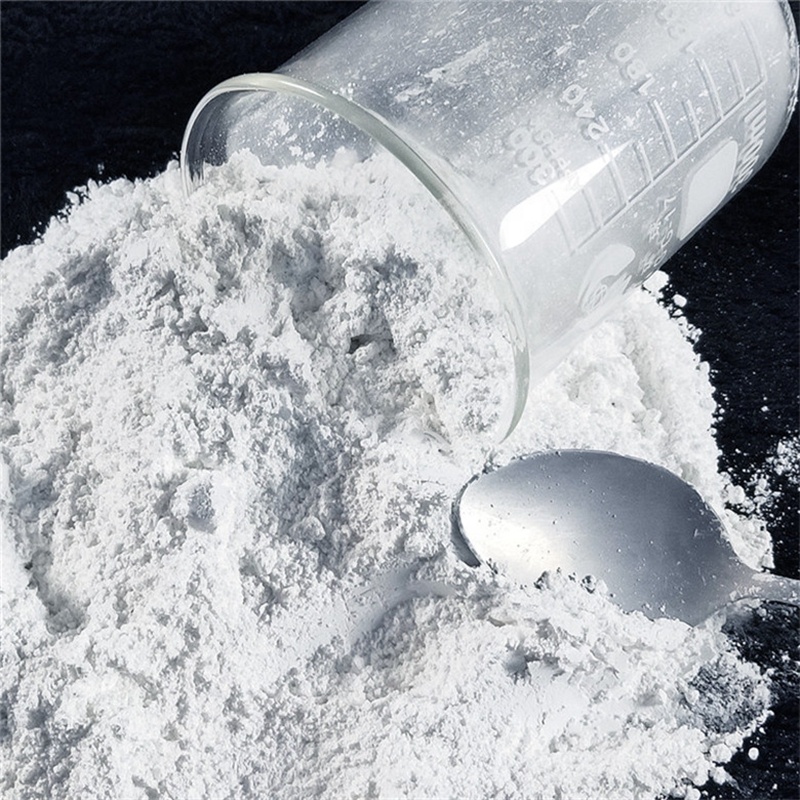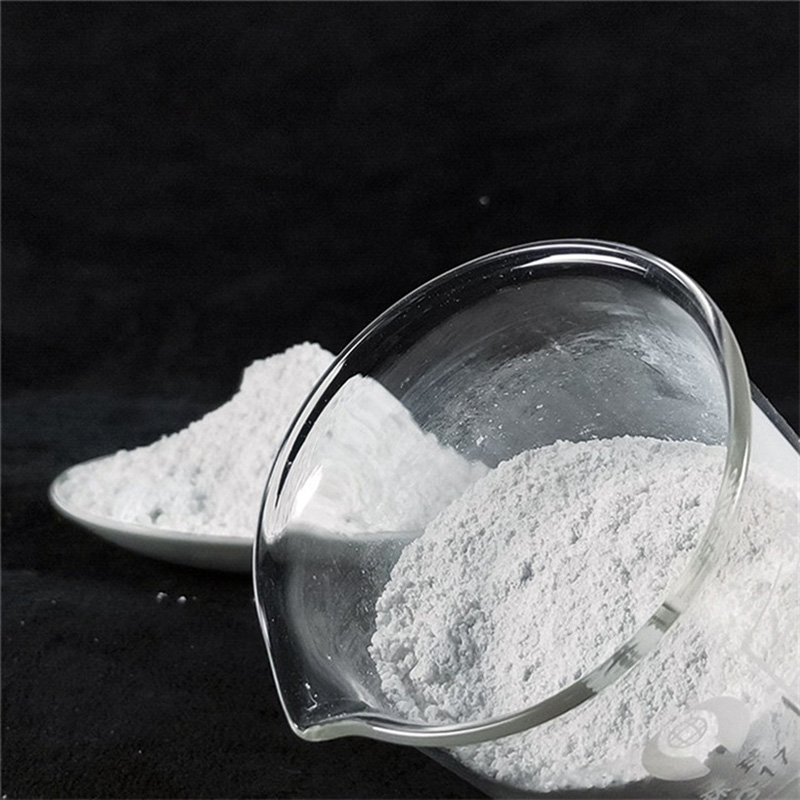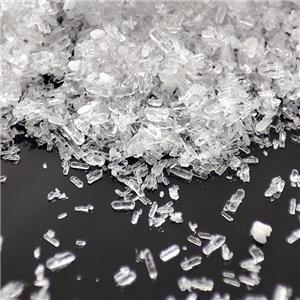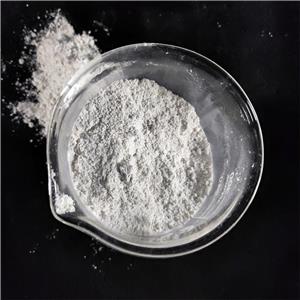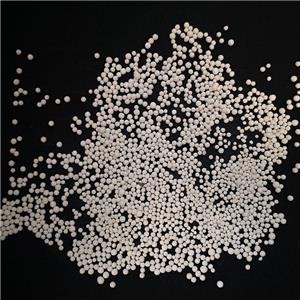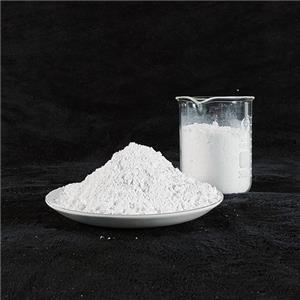
- Victory
- China
- Quantity(Tons) 1 - 10 11 - 40 41 - 100 >100 Est. Time(days) 5 7 15 To be negotiated
- 2000T/Month
1.Antimony trioxide for Polyolefin building materials Helps reduce smoke density compared to some phosphorus-based flame retardants, improving visibility and safety during fires.
2.Antimony trioxide for Polyolefin building materials Ideal for indoor building materials (e.g., cables, insulation, wall panels) where smoke toxicity is a concern.
3.Antimony trioxide for Polyolefin building materials Acts as a powerful synergist with halogenated compounds (e.g., PVC, chlorinated paraffins) to significantly improve flame resistance.
Introduction
Antimony trioxide for Polyolefin building materials (Sb₂O₃) is a highly effective flame retardant synergist widely used in building materials to enhance fire safety. When combined with halogenated compounds, it significantly improves flame resistance while maintaining material performance. This article explores its key applications in flame-retardant PVC pipes, PVC flooring, engineering plastics, and polyolefin building materials, highlighting its benefits and industry relevance.
1. Antimony Trioxide as a Flame Retardant in Building Materials
Antimony trioxide is not a flame retardant by itself but works synergistically with halogenated additives (e.g., chlorinated paraffins or brominated compounds) to:
Suppress combustion by forming antimony halides that interrupt free radical reactions.
Reduce flame spread by promoting char formation.
Lower smoke emission, improving safety in enclosed spaces.
Key Advantages in Building Applications:
√ Cost-effective compared to non-halogenated alternatives
√ High thermal stability (suitable for high-temperature environments)
√ Minimal impact on mechanical properties (retains strength & flexibility)
√ Compliance with fire safety standards (UL 94, ASTM E84, EN 13501)
2. Key Applications in Building Materials
2.1 Antimony Trioxide for Flame-Retardant PVC Pipes
PVC pipes are widely used in plumbing, electrical conduits, and fire sprinkler systems, where flame resistance is critical.
Role of antimony trioxide for Flame-retardant PVC pipes:
Antimony trioxide for Flame-retardant PVC pipes Enhances fire resistance when combined with chlorinated flame retardants.
Antimony trioxide for Flame-retardant PVC pipes Meets UL 94 V-0 and IEC 60332 standards for flame-retardant cables and pipes.
Antimony trioxide for Flame-retardant PVC pipes Reduces smoke emission, making it safer for indoor and underground installations.
Benefits:
√ Prevents flame propagation in electrical conduits
√ Maintains pipe durability and chemical resistance
√ Cost-efficient solution for fire-safe infrastructure
2.2 Antimony Trioxide for PVC Flooring
PVC flooring is used in residential, commercial, and industrial buildings, requiring fire safety compliance.
Role of antimony trioxide for PVC floor:
Antimony trioxide for PVC floor Improves flame retardancy while retaining flexibility and wear resistance.
Antimony trioxide for PVC floor Helps meet ASTM E84 Class A (low flame spread) and EN 13501-1 Euroclass standards.
Antimony trioxide for PVC floor Works with plasticizers without compromising flooring performance.
Benefits:
√ Enhances fire safety in public spaces (hospitals, schools, offices)
√ Reduces toxic fume emission during combustion
√ Maintains aesthetic and functional properties
2.3 Antimony Trioxide for Engineering Plastics in Construction
Engineering plastics like polycarbonate (PC), ABS, and nylon are used in window frames, electrical housings, and structural components.
Role of Sb₂O₃ in Engineering Plastics:
Provides flame retardancy in electrical switch boxes, connectors, and insulation parts.
Works with brominated flame retardants for high-performance applications.
Ensures compliance with UL 94 V-0 and IEC 60695 standards.
Benefits:
√ Prevents fire hazards in electrical and structural components
√ Maintains mechanical strength and dimensional stability
√ Suitable for high-temperature environments
2.4 Antimony Trioxide for Polyolefin Building Materials
Polyolefins (e.g., PP, PE) are used in insulation films, roofing membranes, and cable coatings, but require flame retardancy for safety.
Role of Sb₂O₃ in Polyolefins:
Antimony trioxide for engineering plastics Enhances fire resistance when combined with halogenated additives.
Antimony trioxide for engineering plastics Used in wire & cable insulation, foam boards, and geomembranes.
Antimony trioxide for engineering plastics Helps achieve UL 94 HB/V-2 ratings for low flame spread.
Benefits:
√ Improves fire safety in thermal insulation and roofing materials
√ Reduces dripping in case of fire (critical for electrical applications)
√ Cost-effective compared to intumescent flame retardants
